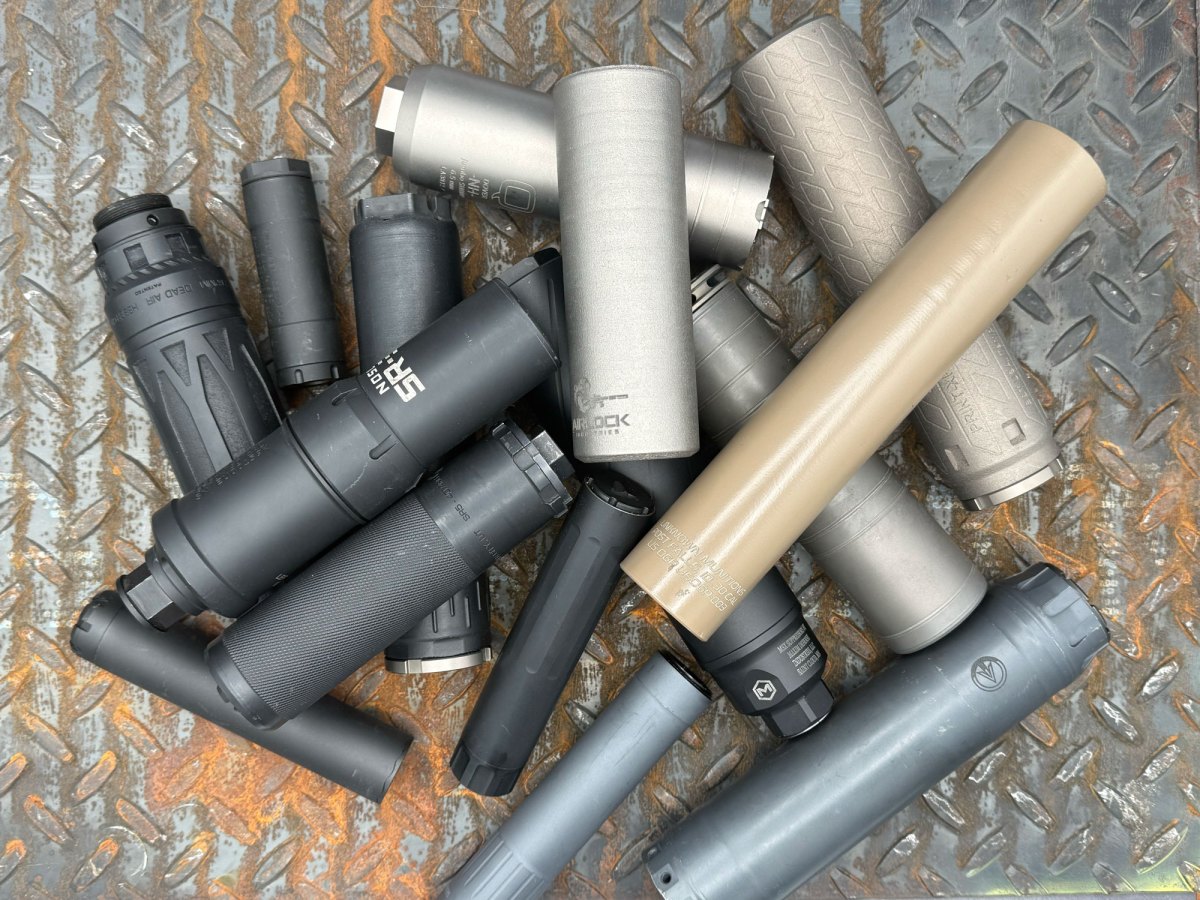Read This Before Stockpiling Your Fuel!

If you’re serious about emergency preparedness, you already know that stockpiling fuel isn’t optional. But before you start filling up tanks or stacking wood, you need to know what you’re working with.
Some fuels store well, some don’t. And while some are safe indoors, others are a disaster waiting to happen if not handled correctly. I’ve spent years prepping and testing different fuel sources, and let me tell you – fuel is one of those things you want to get right the first time. When fuel goes bad, it can ruin your equipment, put you in danger, or leave you without power when you need it most.
Gasoline, the Common Go-to Fuel
 One of the most popular fuels for preppers, gasoline powers so many things, such as vehicles, generators, chainsaws, and other small engines. Also, it offers high energy output and is relatively easy to obtain.
One of the most popular fuels for preppers, gasoline powers so many things, such as vehicles, generators, chainsaws, and other small engines. Also, it offers high energy output and is relatively easy to obtain.
The downside is its volatility and short shelf life. Untreated gasoline can go bad in 3 to 6 months, forming varnish-like residues that clog up fuel systems. Fortunately, fuel stabilizers like STA-BIL can extend the shelf life up to a year or more.
Best used for vehicles, gas-powered generators, mowers, and other tools, gasoline should be stored in red, approved fuel containers. If you decide to store gasoline for your fuel supply, then make sure to keep it in a shaded, well-ventilated area, preferably a detached shed. Always label each container with the date of purchase and treatment. Rotate your supply every 6 to 12 months and never store gasoline indoors.
Diesel, Less Flammable than Gasoline
Diesel is safer to store than gasoline because it’s less flammable, and it has a longer shelf life – up to a year untreated and potentially several years with stabilizers and biocides. It’s the fuel of choice for larger generators, trucks, tractors, and off-grid heaters.
However, diesel can gel in freezing temperatures and is susceptible to microbial growth if exposed to moisture. Adding a fuel stabilizer along with a biocide can dramatically improve its storage life and prevent fuel system damage.
The best way to store diesel is in yellow, approved containers in a shaded, cool area, away from direct sunlight. To keep it as fresh as possible, rotate your supply at least once a year and use anti-gel additives if you live in colder regions.
But, keep in mind that diesel storage can only take you so far. For complete energy independence and protection from rising costs or grid failures, you could learn how to create your own hybrid power setup right in your backyard.
If you don’t know where to start, watch the VIDEO below and find out some of the secrets to reliable, self-sufficient power!

Propane, Ideal for Long-Term Storage
It doesn’t go bad, it’s extremely versatile, and it burns clean. You can use it for cooking, heating, powering generators, refrigeration, and even running some vehicles.
On the flip side, propane requires pressurized tanks, which must be handled with care. Leaks can be deadly if propane accumulates in a closed space. For this reason, propane should always be stored outdoors, upright, and in well-ventilated areas. Never store it indoors!
It’s also wise to keep a wrench, spare regulators, and hoses readily available. More importantly, make sure you teach everyone in your household to safely connect and disconnect propane systems.
Kerosene, the Old-School Fuel With Surprising Advantages
Kerosene became widely used in the mid-19th century for lighting lamps and heating, particularly before electricity was common. By the late 1800s, it was a standard household fuel. During the Great Depression, kerosene was still commonly used in homes for lamps, stoves, and heaters, especially in rural areas. Some Amish communities today also continue to use kerosene for lighting and heating, though it’s less common overall.
One reason it can be a valuable resource is that, when stored properly, it can last up to five years and is less flammable than gasoline, making it somewhat safer to keep on hand. However, it’s becoming less common, so finding both the fuel and compatible equipment may require some effort.

But with the right guidance, kerosene stops being a mystery and becomes a reliable tool for your home. Curious how to use it efficiently, store it safely, and make it a cornerstone of a self‑sufficient lifestyle? The Amish Ways shows you exactly how.
What you’ll discover inside the pages:
-
How Amish homes keep the lights on without grids. For example, one section shows how a single kerosene‑lamp can run for 258 hours on just one gallon of oil.
-
Step‑by‑step projects: from building a root cellar to creating an “Amish fridge” that needs no electricity.
-
In‑depth guidance on food preservation, natural remedies, and storing medicines or supplies, all crafted with the same resourcefulness that some Amish families depend on year‑in, year‑out.
-
Practical solutions for heating, lighting and off‑grid systems: e.g., how to set up kerosene‑lit systems, how the Amish heat & cool their homes without electricity or fossil‑fuel‐intensive setups
👉Click Here to Get Your 76% Discount of The Amish Ways – TODAY ONLY!
Don’t wait, because once modern supply chains falter, knowledge like this becomes far more valuable than gear alone!
Alcohol (Isopropyl, Ethanol, Denatured)
Alcohol-based fuels offer a clean-burning option for emergency stoves and heaters, particularly in portable or mobile situations. Denatured alcohol and ethanol are commonly used in alcohol stoves, while isopropyl alcohol is more often used for sanitation, but can double as a fuel.
The main drawbacks of alcohol-based fuels are their high flammability and their tendency to evaporate if not sealed properly. Because denatured alcohol is poisonous, clear labeling and good ventilation are important. These fuels should be stored in tightly closed, clearly marked containers, kept out of reach of children. For safety, larger amounts should be stored only in a designated fuel cabinet or a well-ventilated outdoor shed.
Firewood and Charcoal: Timeless Backup Options
Being considered a timeless fuel source, firewood has a lot of qualities – it’s renewable, sustainable, and provides excellent heating and cooking capabilities when paired with an efficient wood stove or outdoor fire pit. Moreover, it has an unlimited shelf life if kept dry and properly seasoned.
However, despite its qualities, firewood is bulky and labor-intensive. It must be dried for at least 6 to 12 months depending on the species, and it can attract pests if stored too close to your home. My advice is to use firewood only for wood stoves, fire pits, rocket stoves, and campfire cooking. To store it properly, stack the wood off the ground, cover the top to keep out rain, and leave the sides open for airflow. A lean-to or covered rack is a good setup for this.
👉This One Mistake Can Ruin Your Fuel Stockpile
Charcoal briquettes are another reliable backup fuel for cooking, but the issue with it is moisture. Briquettes will crumble and become unusable if they absorb too much humidity. They also emit carbon monoxide, so indoor use without ventilation is extremely dangerous.
Store charcoal in airtight containers or mylar bags with desiccant packs and keep them in a dry, cool location off the ground. You can also prep DIY fire starters using dryer lint and wax to help ignite charcoal under damp conditions.
When every drop counts, knowing how to store and manage fuel can mean the difference between comfort and crisis. A Navy SEAL’s Bug-In Guide breaks down proven, practical methods for stockpiling fuel safely, rotating supplies, and integrating them into a self-sufficient home setup. From handling different fuel types to protecting your reserves from spoilage or theft, this guide gives preppers clear, actionable strategies to keep your home running when the grid goes down.

Final Thoughts
Stockpiling fuel is a key part of any preparedness plan, but it’s not as simple as stacking cans and calling it good. This is because each type of fuel has its own strengths, limitations, and safety concerns.
Always use approved storage containers, label everything clearly, and keep fuel out of your living areas. Also, make a sustainable plan and remember to add stabilizers when needed, especially for gasoline and diesel, and rotate your supplies regularly.
You may also like:
 How To Make Your Own Fuel
How To Make Your Own Fuel
How to Have 24/7 Free Electricity (VIDEO)
10 Forgotten Fuels You Can Still Use Today
How to Store and Stack Firewood The Right Way
How to Siphon Gas from a Car with Anti-Siphon
Read the full article here









